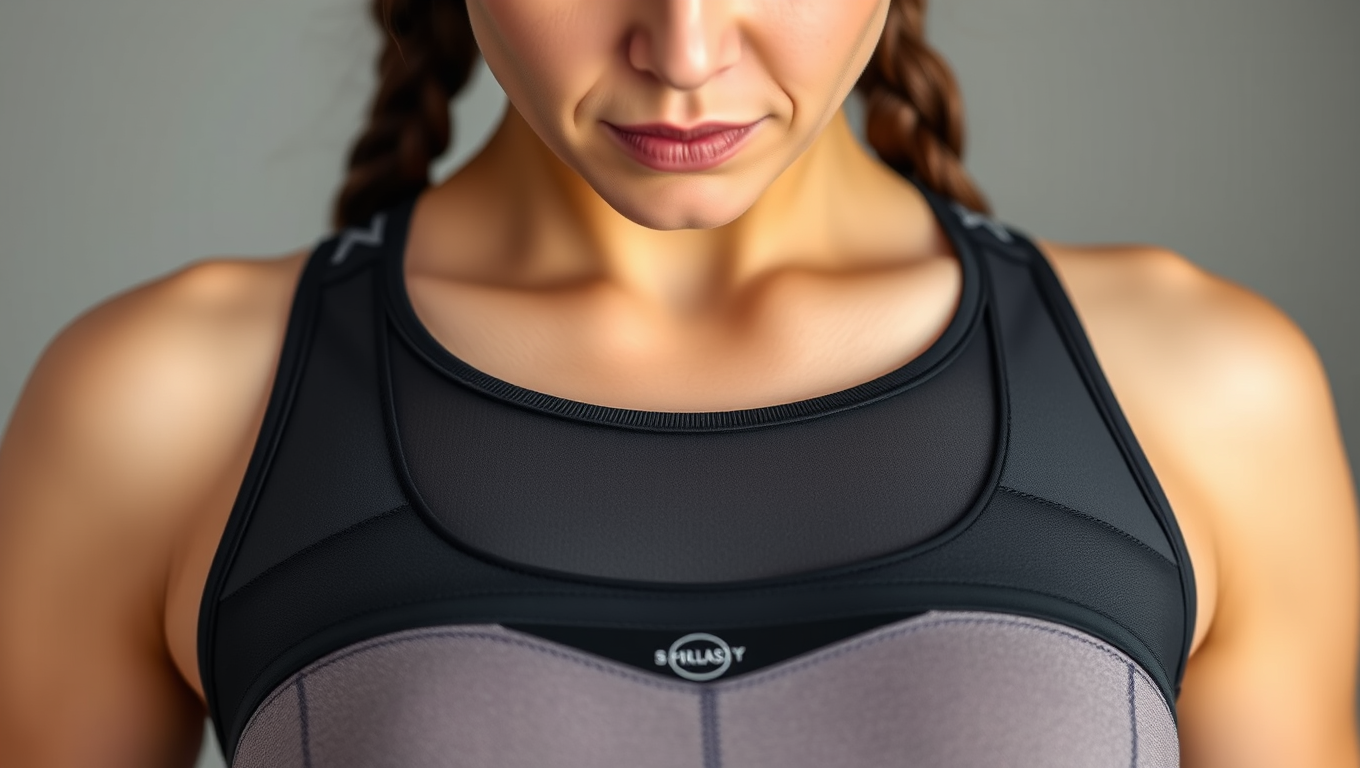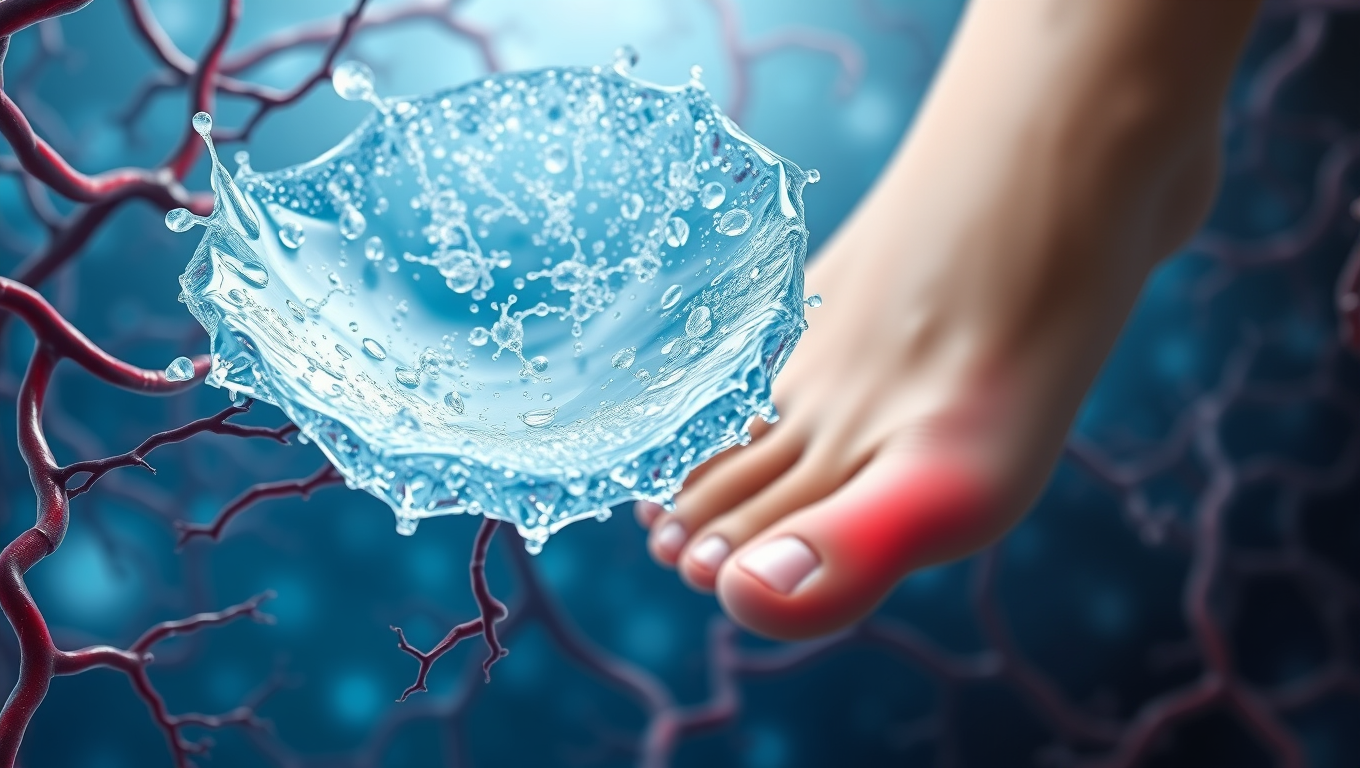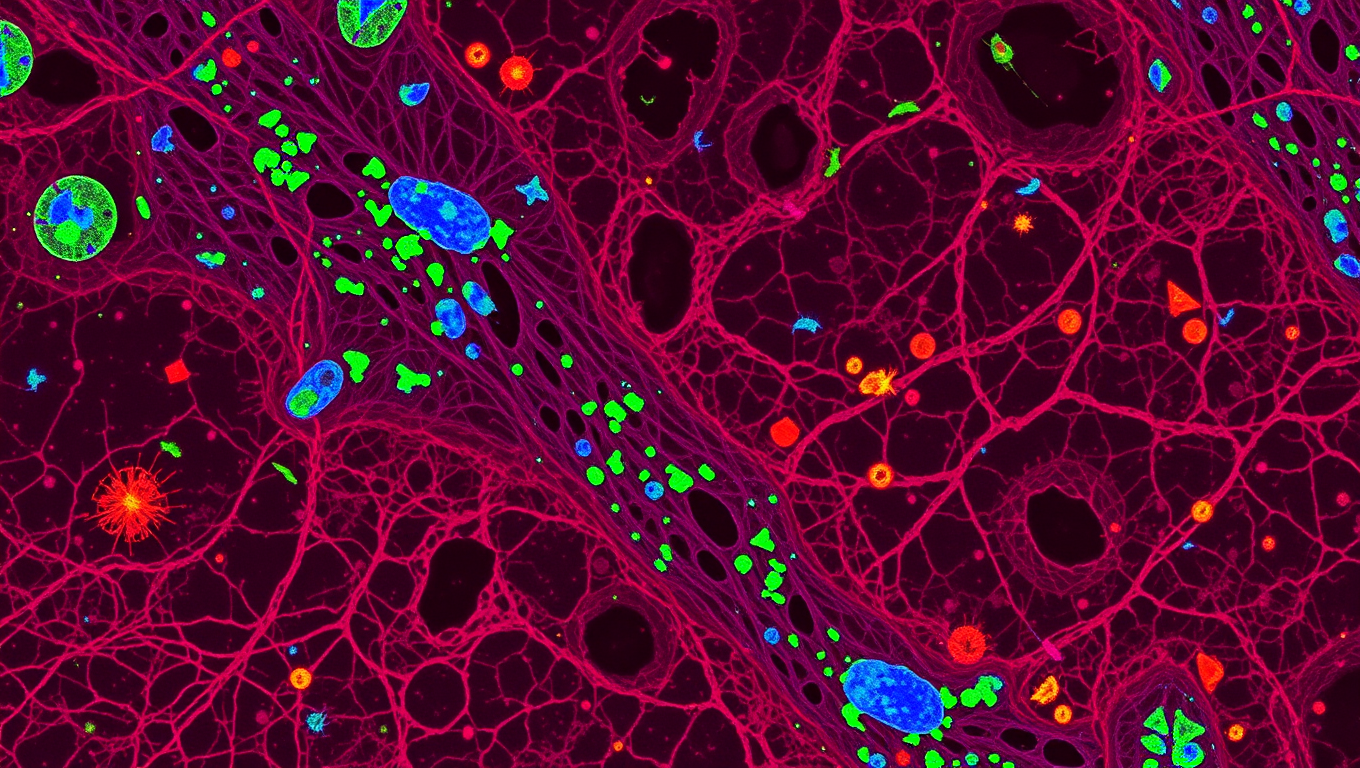While we try to keep things accurate, this content is part of an ongoing experiment and may not always be reliable.
Please double-check important details — we’re not responsible for how the information is used.
Bone and Spine
The Hidden Cost of High-Support Bras: How Excessive Bounce Reduction May Affect Spinal Health
Researchers uncover how over-reducing breast motion in bras could increase back pain during exercise.

Alternative Medicine
Breaking Barriers in Diabetic Wound Healing: A Revolutionary “Smart” Gel Accelerates Blood Flow and Restores Tissue Repair
A new gel-based treatment could change the way diabetic wounds heal. By combining tiny healing messengers called vesicles with a special hydrogel, scientists have created a dressing that restores blood flow and helps wounds close much faster. In tests, the treatment healed diabetic wounds far quicker than normal, while also encouraging the growth of new blood vessels. Researchers believe this innovation could one day help millions of people with slow-healing wounds caused by diabetes and possibly other conditions.
Bone and Spine
The Quiet Side Effect of Semaglutide: How Losing Muscle Can Affect Weight Loss Success
Semaglutide, a popular anti-obesity drug, may come with a hidden cost: significant muscle loss, especially in women and older adults. A small study found that up to 40% of weight loss from semaglutide comes from lean body mass. Alarmingly, those who consumed less protein saw even more muscle loss—potentially undermining improvements in blood sugar control.
Bone and Spine
Unlocking New Insights into Bone Marrow: Scientists Develop Revolutionary Imaging Technique
A new bone marrow imaging technique could change treatment for cancer, autoimmune disease and musculoskeletal disorders.
-

 Detectors8 months ago
Detectors8 months agoA New Horizon for Vision: How Gold Nanoparticles May Restore People’s Sight
-

 Earth & Climate9 months ago
Earth & Climate9 months agoRetiring Abroad Can Be Lonely Business
-

 Cancer9 months ago
Cancer9 months agoRevolutionizing Quantum Communication: Direct Connections Between Multiple Processors
-

 Albert Einstein9 months ago
Albert Einstein9 months agoHarnessing Water Waves: A Breakthrough in Controlling Floating Objects
-

 Earth & Climate9 months ago
Earth & Climate9 months agoHousehold Electricity Three Times More Expensive Than Upcoming ‘Eco-Friendly’ Aviation E-Fuels, Study Reveals
-

 Chemistry9 months ago
Chemistry9 months ago“Unveiling Hidden Patterns: A New Twist on Interference Phenomena”
-

 Diseases and Conditions9 months ago
Diseases and Conditions9 months agoReducing Falls Among Elderly Women with Polypharmacy through Exercise Intervention
-

 Agriculture and Food9 months ago
Agriculture and Food9 months ago“A Sustainable Solution: Researchers Create Hybrid Cheese with 25% Pea Protein”





























